When you see something cool, especially on social media or the internet in general, it’s easy to get a case of FOMO or fear of missing out.
This is the phenomenon of believing you’re going to miss out on something great by not taking action.
It takes many different forms and can be used by marketers to generate more sales.
Marketing is psychology at the end of the day. It’s using strategies that appeal to human’s primal desires to make them take action.
This is what makes FOMO so powerful.
Ahead you will learn more about what FOMO marketing is, examples, and tactics to integrate it into your business.
What is fear of missing out in marketing?
We’ve all experienced fear of missing out at some point. Have you ever stayed at school to study while your friends were out having fun posting on social media?
How did you feel?
You probably felt that you were missing out.
FOMO is often very irrational, as you’re often not missing out on anything that you can’t experience again in the future.
But it ignites our primal desire to take action and not get left in the dust.
It’s most prevalent in young adults here in the Western world, especially thanks to social media, e-commerce, and the internet as a whole.
It is too easy to go on Instagram or an online store, see the latest deals and fun things happening, and wish you were in on it.
Check out this study by McGill and Carleton University that observed the effects of FOMO on freshman university students.

The study began by giving students a journal for one week to determine how frequently their FOMO experiences occurred. The researchers were also interested to see if it was connected to personality traits like extroversion, openness, and agreeableness.
The students would receive alerts every day via their smartphones to complete a quick survey. They filled out a questionnaire about their satisfaction with life at the end of the semester, as well.
Do you know what the researchers found?
That FOMO typically occurs later in the day and week, A.K.A around the weekend when everyone is out having fun. Students associated their experience with stress, issues sleeping, and fatigue.
It’s amazing how a psychological experience like this can have serious effects on the body.
This is exactly why it’s so powerful in marketing. You can use this feeling of urgency to make customers whip out their credit cards and buy on the spot.
This brings me to my next point.
How to use FOMO in marketing
Let’s take a look at some FOMO marketing strategies you can begin using today to drive more sales.
1. Use urgent power words
The simplest way to incite the feeling of taking action is by using urgent power words.
These are words and phrases that imply urgency and the need to do something quickly to receive a reward.
Look at this FOMO marketing example from Leon’s popup on their website.
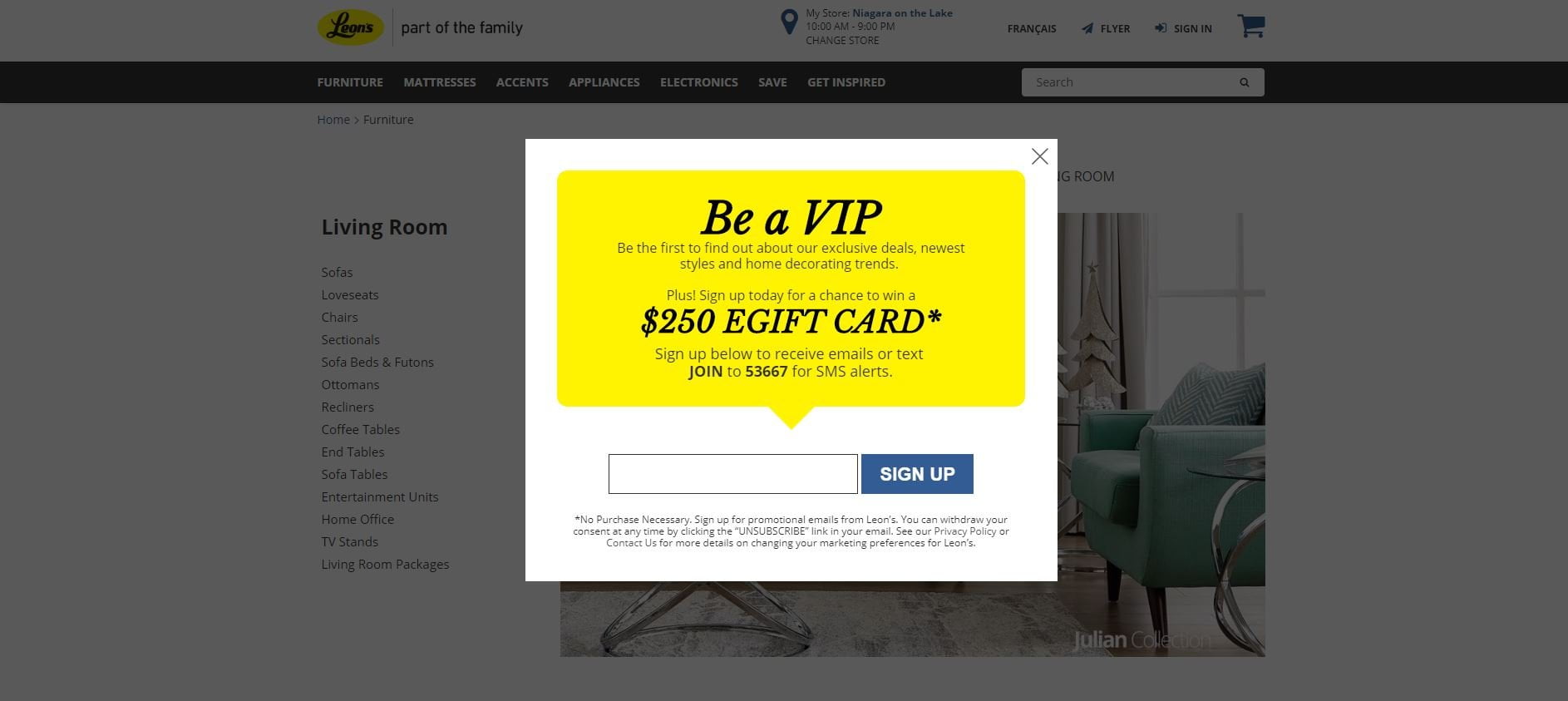
Everything about this screams exclusivity and urgency.
The headline “Be a VIP” implies that the user will gain special privileges by signing up.
“Be the first to find out about our exclusive deals, newest styles, and home decorating trends. ” uses many different power words like “exclusive,” “Be the first,” and “newest.”
They use a couple of other different FOMO marketing tactics that I’ll be touching on in a moment, as well.
Power words can be used in practically any area of a website. This includes product pages, banners, sliders, and advertisements.
Using urgent power words in all stages of the sales funnel sends a constant reminder to the customer that they need to get to the next step quickly.
2. Offer limited sales or discounts
Who doesn’t like a good sale?
Almost nobody!
93% of consumers use coupons or discount codes regularly throughout the year, and you’re probably one of them. (I know I am!)
The key to maximizing the effectiveness of a sale or coupon is to only offer it for a certain amount of time.
Newegg executed this strategy perfectly with their 48-hour sale.
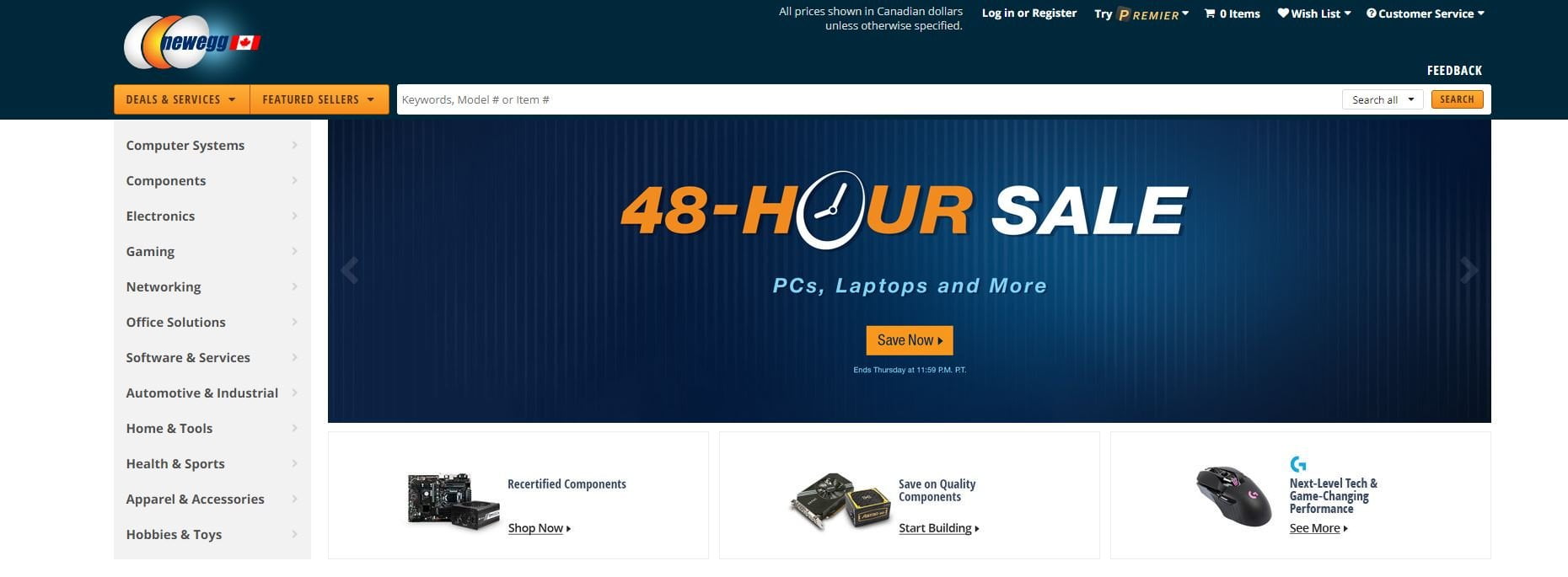
It’s in your face as soon as you land on the website.
There is a call to action button with the text “Save Now,” and it displays when the sale will end, too.
Customers will see this and will feel more encouraged to make a purchase, or they will have to spend more after the sale is over.
They take it a step further and display how much you save on each product, as well.
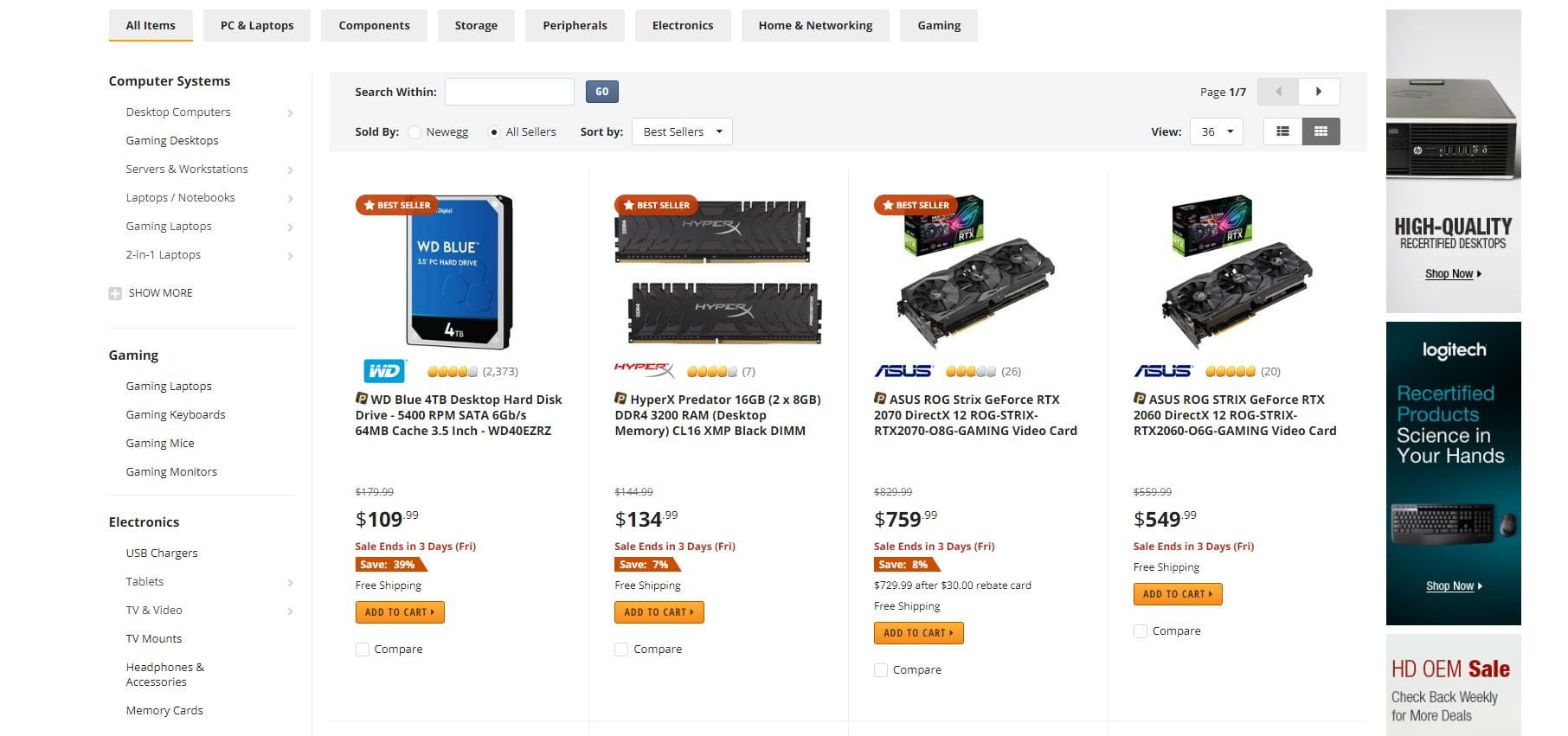
Once again, there is a reminder when the sale ends, constantly bringing up the potential for FOMO to occur.
If that wasn’t enough, Newegg added the notification on the product page, as well.

Keep in mind that the sales funnel consists of several different pages, such as:
- The home page
- Category pages
- Product pages
- The cart page
- Checkout
The goal is to use urgent copywriting on all of these pages, so no matter what step they are in the funnel, you increase the odds of FOMO.
3. Display low inventory
Imagine you want a product really bad. You’ve been saving up for it and waiting to find the best deal.
Then there it is!
It’s right in front of you, but there’s one caveat…
There’s only one left in stock.
It’s safe to say that you might feel the rush to purchase it before it’s taken by someone else, right?
This is why displaying low inventory levels is such a powerful way to leverage FOMO marketing psychology.
Since I’m a geek, I’m going to use another tech example.
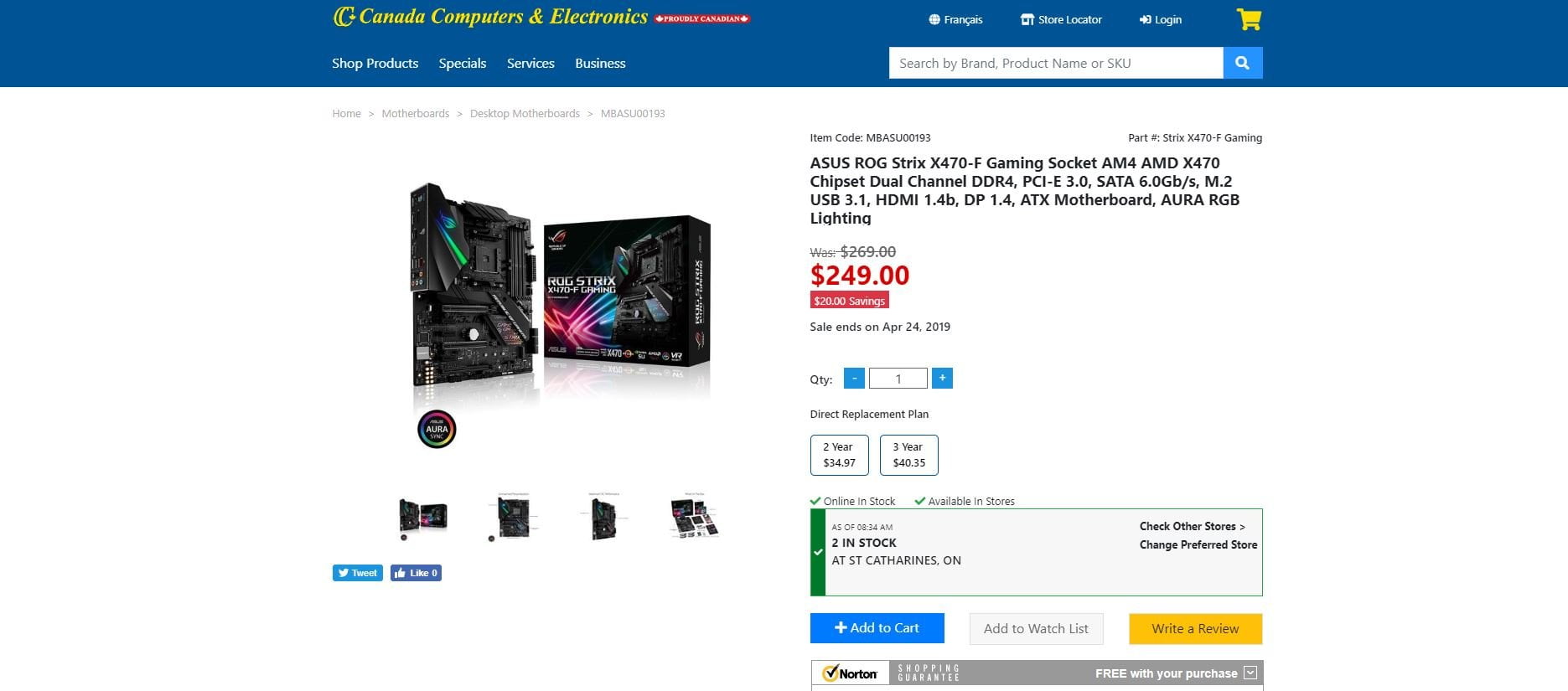
This is a GPU being sold by Canada Computers, and in that green box, they display that there are only two left in stock.
I believe that every e-commerce business should use this strategy, and it’s really easy to implement, as well.
All of the big e-commerce platforms like Shopify or Woocommerce have this built into them or it can be quickly added via an app/plugin.
You don’t want the FTC knocking at your door, so make sure that the inventory levels you display are accurate.
That means if you have 100 items available, don’t say you have three.
4. Use the power of UGC
Did you know that 84% of consumers trust peer recommendations over any other form of referral?
This is why many businesses are beginning to invest in UGC, or user-generated content.
These are images that customers submit of them using your product.
It acts as social proof and a testimonial at the same time.
A simple way to use this strategy is by creating branded hashtags and asking users on social media to tag you.
You see this on Instagram all of the time.
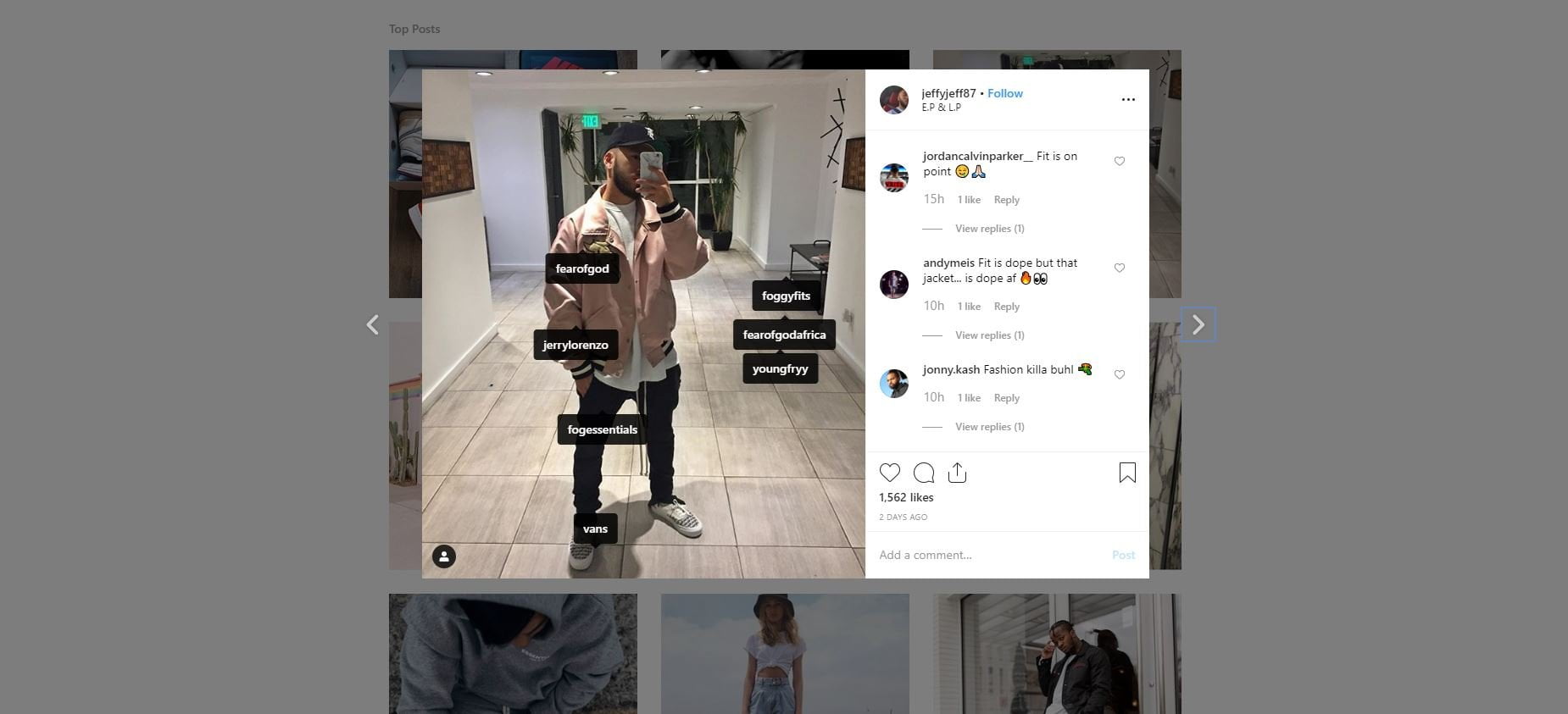
It’s the norm now to tag the brands of clothing you wear or the car you drive, for example.
Visual brands like fashion, health, and beauty businesses will benefit the most from branded hashtags.
This isn’t to say if you’re not in these niches, you can’t come up with a creative way to use UGC, however.
5. Add testimonials
Similar to user-generated content, testimonials are an effective way to tap into FOMO psychology and social proof.
92% of consumers read reviews before purchasing a product, and good testimonials can make customers feel like they’ll miss out on a great deal.
Check out the testimonials on the landing page for this Amazon FBA course. It’s a great FOMO marketing example.
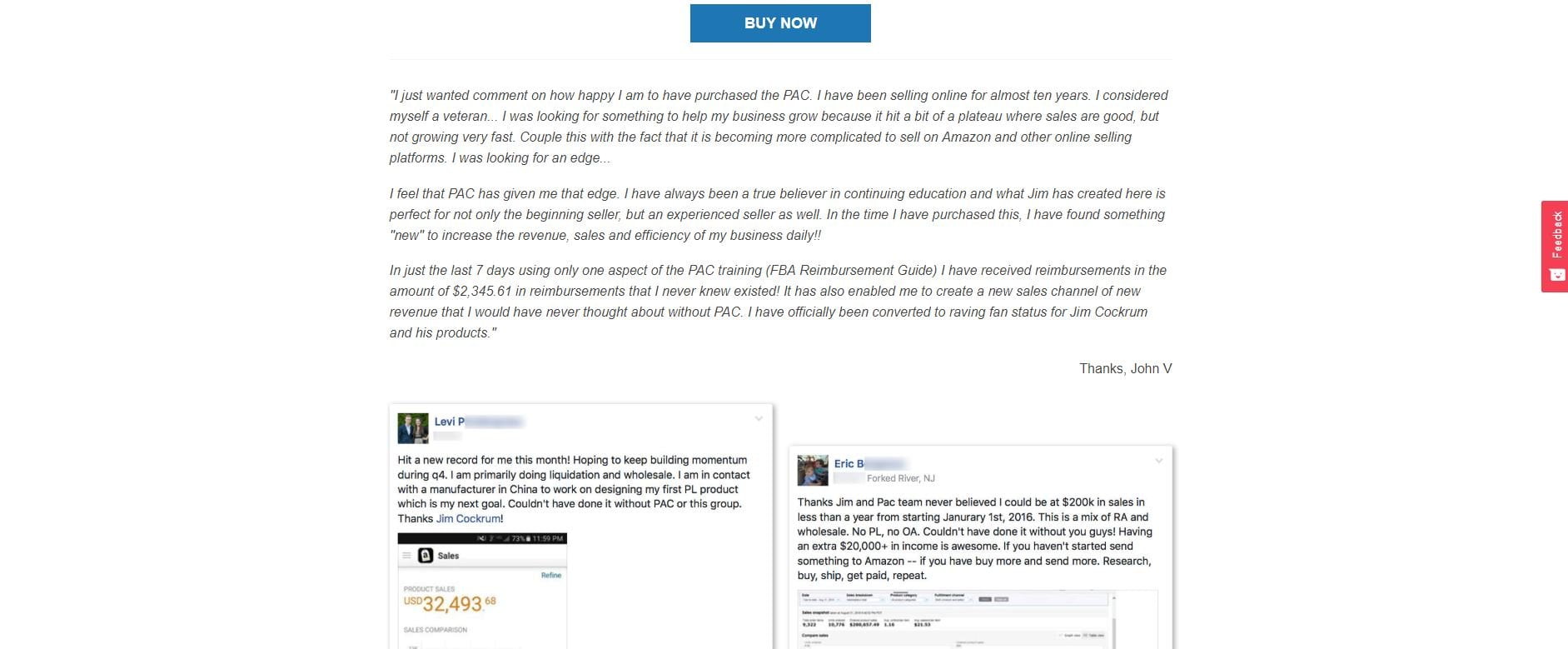
The happy customers in the reviews talk about how much money they are making and the overall great experiences they had taken the course.
Anyone on the fence about buying it might get a case of FOMO, as they won’t want to miss a money-making opportunity.
Displaying testimonials like this, no matter the product or service boosts conversion rates and creates urgency.
Final thoughts on fear of missing out in marketing
Fear of missing out is something we all experience from time to time.
But did you know that you can use it in your marketing efforts to increase performance?
You can implement FOMO marketing tactics by using urgency throughout your sales funnel. This means placing power words and notifications on product pages, checkout, and other crucial web pages.
Marketers should also consider offering discounts or sales that are only available for a limited time. This pushes customers to make a purchase sooner.
Similarly, displaying low inventory levels achieves the same effect.
User-generated content acts as social proof and has the potential to make people experience FOMO. If a user sees someone wearing a cool outfit on Instagram, they may very likely want to get the same thing, for example.
This is also why testimonials and reviews are so powerful. Place them on landing pages and product pages, so interested users see what they’re missing out on.
You can learn more about marketing and get mentorship from me in my online courses.














